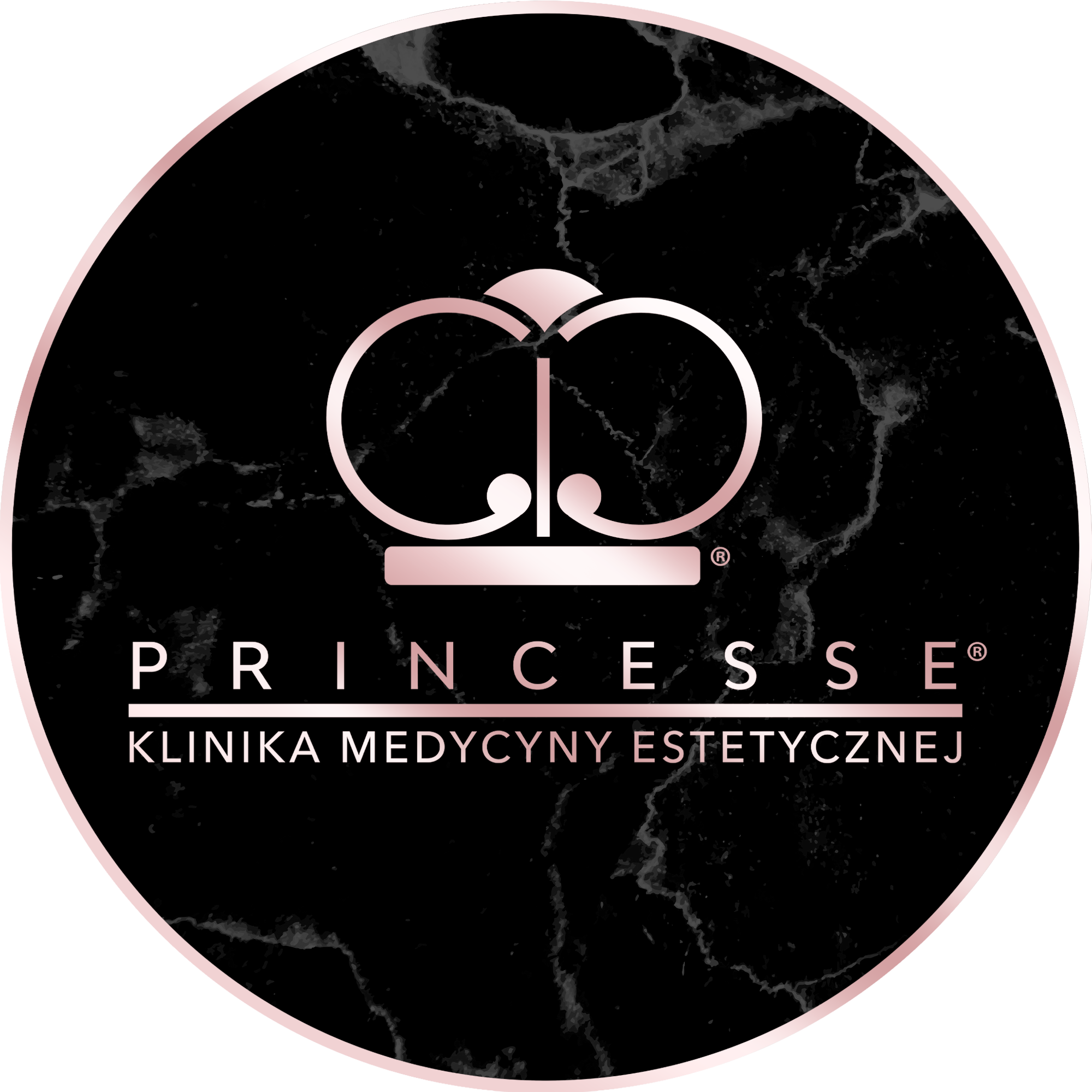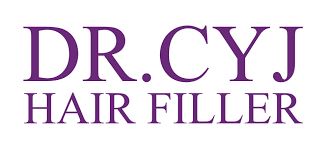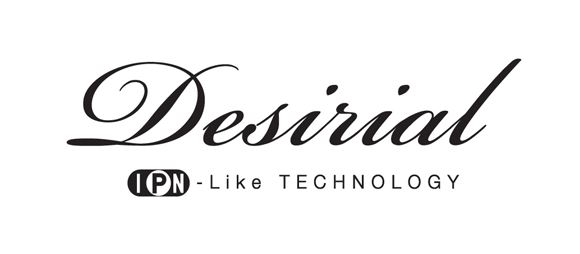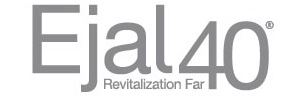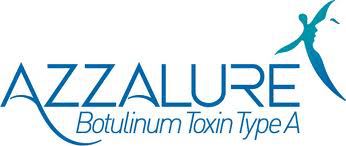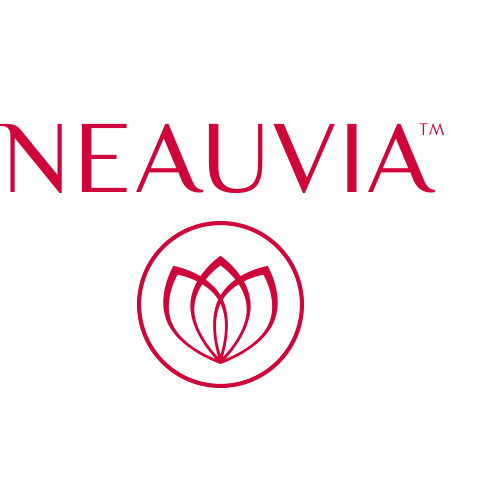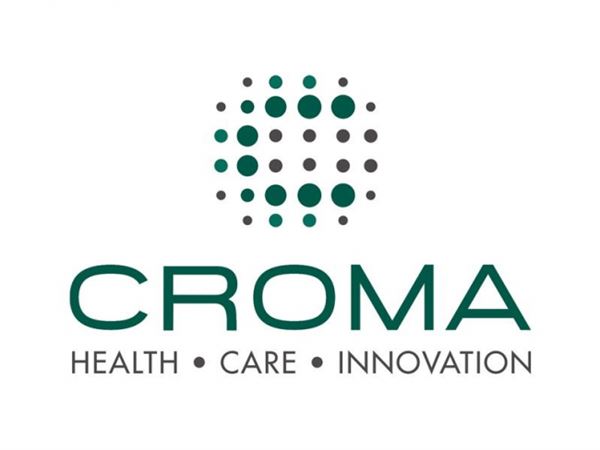Active cancer.
Cancer that occurred less than 5 years prior to the procedure.
Chemo- and radiotherapy
Autoimmune diseases apart from thyroid disease, acquired vitiligo, and alopecia areata. For example, these diseases include psoriasis, rheumatoid arthritis, lupus, myasthenia gravis, multiple sclerosis, amyotrophic lateral sclerosis, sarcoidosis, Crohn’s disease, ulcerative colitis.
Treatment with Izotec or its substitutes less than 6 months prior the procedure date.
Steroids, except asthma medications and inhaled steroids, taken less than one month prior to the scheduled procedure.
High-dose iron preparations taken less than one month before the scheduled procedure.
Fungal medications or antibiotics taken less than one week prior to the procedure.
Tendency to keloids.
Hemofilia.
Epilepsy.
Asymptomatic HIV infection or active AIDS.
Skin diseases in the planned pigmentation site.
Creams and preparations with retinoids applied on the skin in the planned pigmentation site less than one month before the procedure.
Fresh scars in the planned pigmentation site
Fever, viral or bacterial infection on the day of the procedure.
Allergy to permanent make-up pigments.
